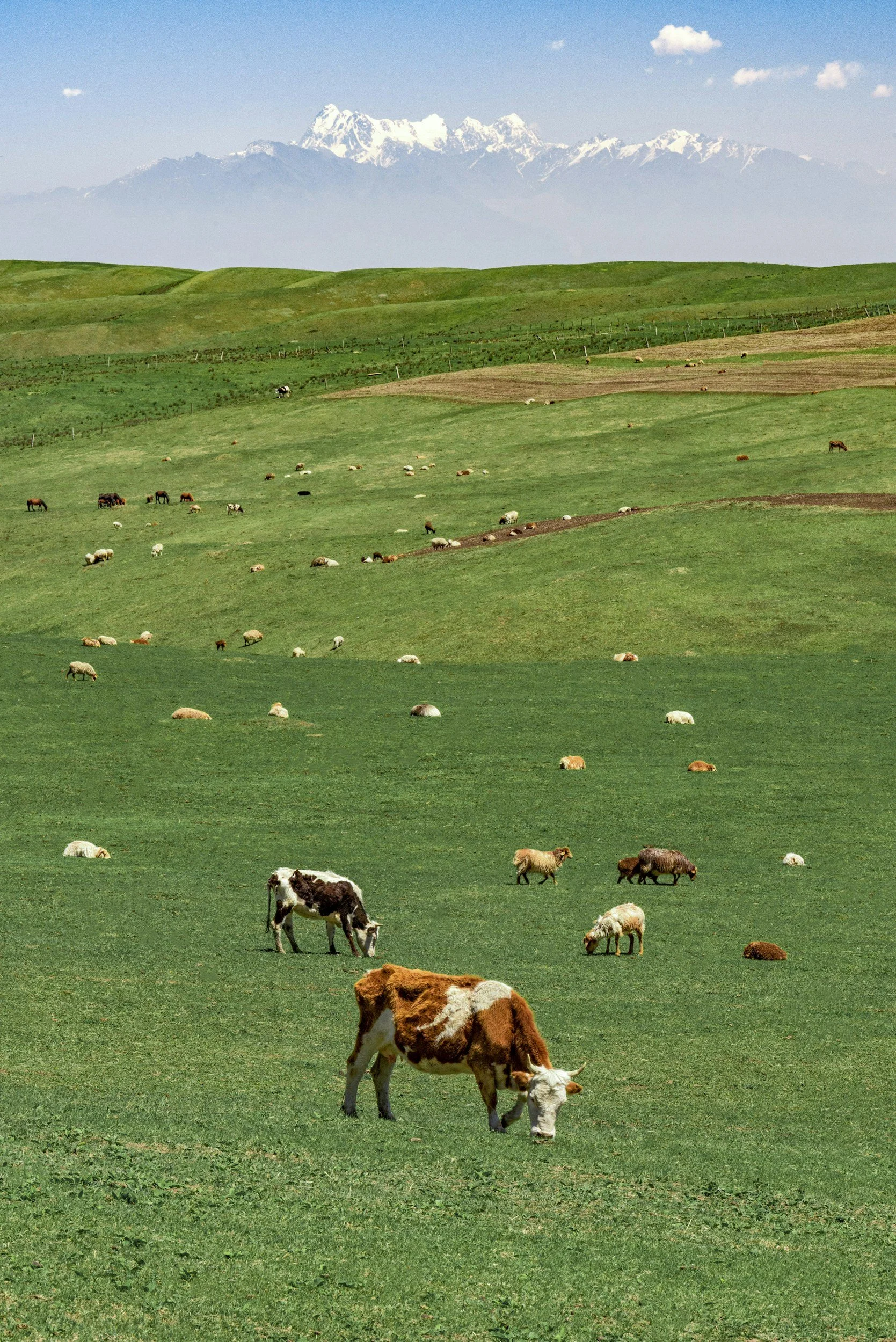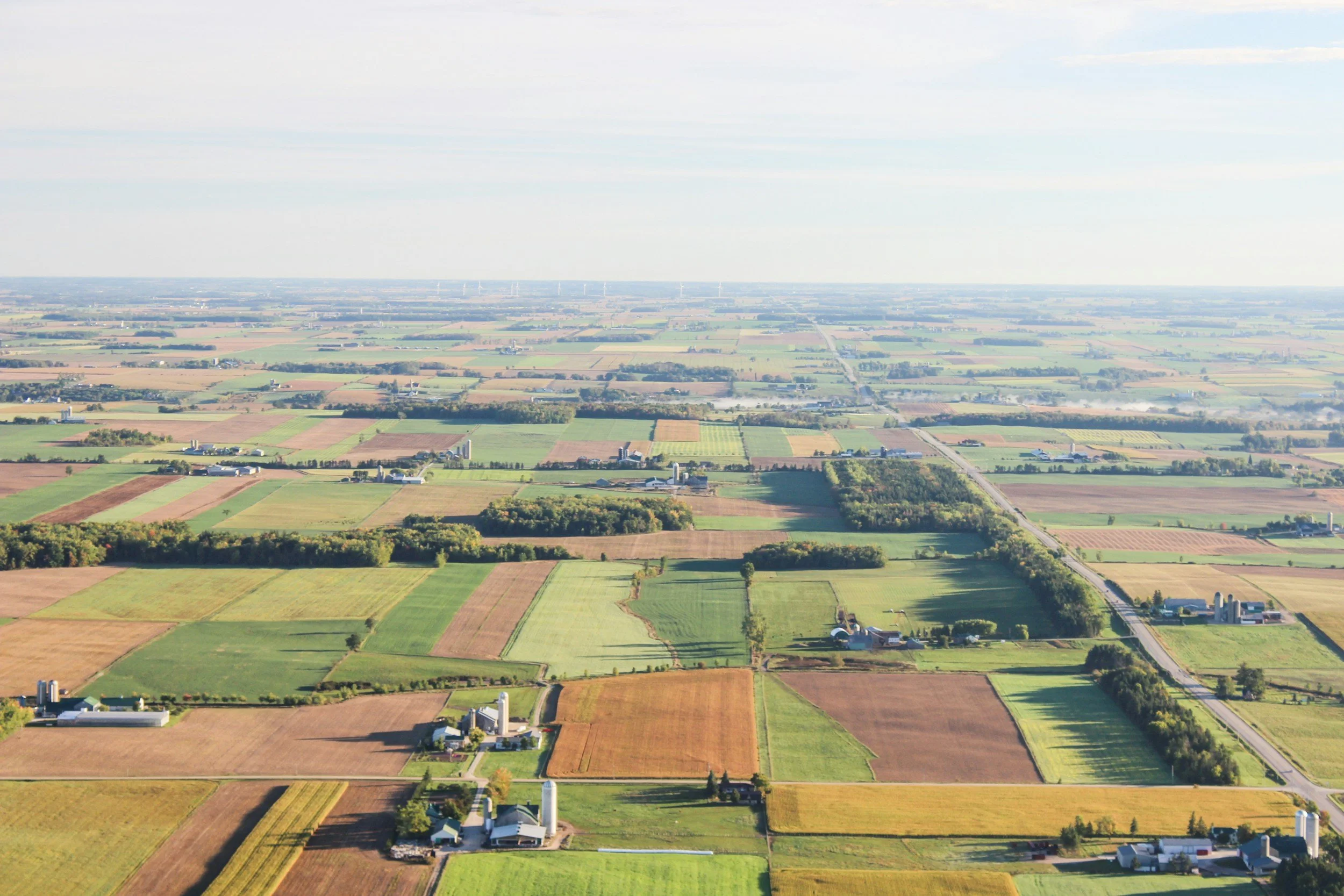Rural & Remote Services
StellarStream Ltd has specialists that have decades of experience in ensuring reliable connectivity in the rural sector both locally and the wider pacific.
Through our experience Stellarstream has come up with a variety of solutions to address the many issues highlighted in the article, "Rural NZ Bears Opportunity Cost of Poor Wi-Fi" from Farmers Weekly. When our solutions are applied we can enhance the productivity and efficiency of New Zealand's farming sector.
Rural farms often struggle with unreliable or insufficient internet access, which limits the ability to leverage modern technologies such as IoT. Overcoming rural connectivity challenges can unlock a range of IoT-driven benefits that improve operational efficiency, sustainability, and overall farm performance.
Here are several key solutions which Stellarstream can help implement to mitigate the impact of poor rural Wi-Fi connectivity and data services :
1. Satellite-Enabled IoT Solutions
For rural areas where terrestrial Wi-Fi or 4G/5G connectivity is limited, satellite connectivity presents a viable alternative. IoT devices that operate via satellite communication can bypass local internet infrastructure issues, ensuring reliable data transmission from farms to cloud platforms. This approach would support applications like soil moisture sensors, livestock tracking, weather monitoring, and real-time irrigation control, enabling farmers to make data-driven decisions even in remote areas.
2. Local LoRaWAN Networks for Long-Range Communication
Low Power Wide Area Network (LoRaWAN) technology is an ideal IoT solution for areas with poor internet infrastructure. LoRaWAN operates on long-range radio frequencies, providing coverage over vast distances without the need for traditional Wi-Fi or cellular networks. Farmers can use this technology for low-power, long-range devices like soil moisture sensors, weather stations, and livestock trackers. With LoRaWAN, farmers can collect data in real-time, making decisions about irrigation, fertilization, and pest control without relying on constant internet connectivity.
3. Edge Computing for Offline Data Processing
In regions where consistent Wi-Fi or mobile data coverage is unreliable, edge computing can enable IoT devices to process data locally on-site, without the need to constantly transmit data to the cloud. Devices like smart sensors and monitoring equipment can perform basic analytics and decision-making on-site, storing and processing data in real-time. This means that farmers can still make immediate decisions, such as adjusting irrigation schedules or checking on livestock health, even without strong Wi-Fi. Data can be uploaded to the cloud when a stable connection is available, minimizing the need for constant connectivity.
4. Private Rural Networks for IoT Connectivity
Another effective solution to overcome poor Wi-Fi in rural areas is establishing private rural networks dedicated to IoT applications. These networks could be built using a mix of wireless mesh networks, fixed wireless broadband, and local infrastructure like repeater stations. Such a private IoT network would offer consistent and secure communication for IoT devices like soil sensors, livestock tracking collars, automated irrigation systems, and more. By creating a private IoT network, farmers would ensure that they aren’t reliant on inconsistent public networks, and could guarantee reliable connectivity even in isolated areas.
5. Remote Sensing for Monitoring and Data Collection
Sensors equipped with IoT sensors for remote sensing and aerial monitoring can provide valuable insights into farm operations, from crop health to land conditions. Even in areas with poor connectivity, drones can collect data autonomously and then store it on the device until a connection is available. Farmers can use this information to make informed decisions regarding crop management, pest control, and soil analysis. In conjunction with satellite connectivity or local networks, drones can enhance farm management by delivering real-time insights even in remote locations.
6. IoT-Enabled Smart Irrigation Systems
Water management is one of the most critical aspects of farming in rural areas. By integrating IoT sensors into irrigation systems, farmers can monitor soil moisture levels in real-time and automate irrigation based on actual needs, thereby conserving water and reducing costs. Even in areas with weak Wi-Fi, IoT-enabled irrigation systems can function through cellular networks or via satellite, transmitting data periodically when a connection is available.
7. Livestock Health Monitoring with IoT Sensors
In areas with poor connectivity, IoT-enabled livestock monitoring devices, such as wearable collars or implants, can track vital signs like heart rate, temperature, and activity levels. These sensors provide valuable health data, enabling farmers to detect early signs of illness, stress, or injuries in their animals. By using low-power networks or satellite technology, farmers can receive notifications about their livestock’s health, helping them intervene quickly to prevent disease outbreaks, all without relying on traditional internet access.
8. Smart Weather Stations and Climate Monitoring
IoT-based weather stations can provide real-time data on temperature, humidity, rainfall, and other climate factors, helping farmers make better decisions about planting, irrigation, and harvest timing. These devices can operate independently of Wi-Fi networks, transmitting critical data over low-power cellular or satellite systems. In regions with unreliable Wi-Fi, weather stations can ensure farmers have access to up-to-date weather conditions, minimizing the risks associated with unpredictable weather patterns.
9. Real-Time Farm Equipment Monitoring
IoT devices embedded in farm machinery can monitor the performance and health of tractors, harvesters, and irrigation equipment. Sensors can detect issues such as overheating, fuel efficiency, and mechanical failures, alerting farmers before a breakdown occurs. Even in remote areas, these systems can transmit diagnostics data to cloud platforms through alternative connections like satellite or low-power networks. This reduces downtime, improves operational efficiency, and extends the lifespan of expensive equipment.
10. Blockchain Integration for Transparent Supply Chains
For farmers who are seeking to provide transparency and traceability in their produce, IoT devices can be integrated with blockchain technology to track the journey of agricultural products from farm to market. In rural regions with poor Wi-Fi, the IoT devices can operate in an offline mode, recording data locally and syncing to the blockchain once a connection is available. This approach ensures that products are consistently tracked for quality and sustainability, even in areas with unreliable internet access.
Conclusion
StellarStream Ltd, has a variety of solutions which we can tailor make to suit any agricultural business in New Zealand. Our small team enables us to be dynamic and cutting edge, meaning you will get the most innovative solution on the market.
The challenges of poor Wi-Fi connectivity in rural New Zealand shouldn't hinder the adoption of IoT technology in farming. By embracing alternative solutions such as satellite communication, LoRaWAN, edge computing, and private rural networks, farmers can still harness the full potential of IoT to improve efficiency, sustainability, and profitability. These innovative IoT solutions empower farmers to make data-driven decisions, optimize resource management, and boost productivity, even in the most remote areas where Wi-Fi access is limited.
As New Zealand's agricultural sector continues to embrace the digital age, it’s essential that farmers and technology providers collaborate to overcome connectivity challenges and create smarter, more connected farms across the country.
Feel free to drop us line and we can start discussing how we can solve your connectivity issues, info@stellarstream.nz











